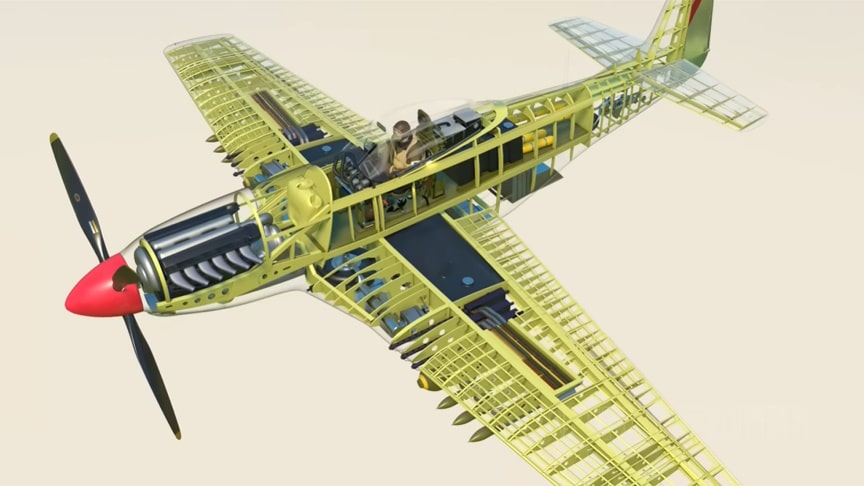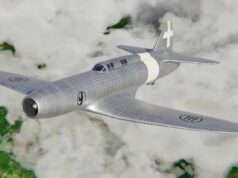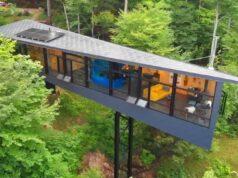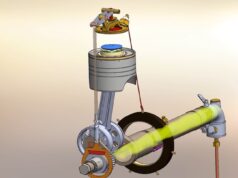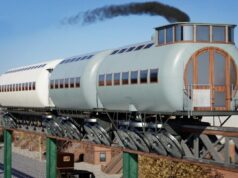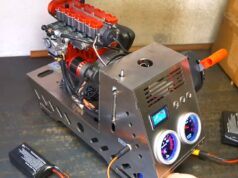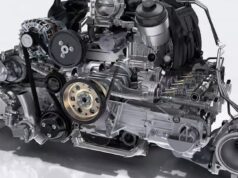The North American Aviation P-51 Mustang is an American long-range, single-seat fighter and fighter-bomber used during World War II.The Mustang was designed to use the Allison V-1710 engine, which had limited high-altitude performance in its earlier variants.
source/image: Animagraffs
The aircraft was first flown operationally by the RAF as a tactical-reconnaissance aircraft and fighter-bomber (Mustang Mk I).Take an in-depth look inside a North American P-51D fighter plane from the World War II era.
The definitive version, the P-51D, was powered by the Packard V-1650-7, a license-built version of the two-speed, two-stage-supercharged Merlin 66, and was armed with six .50 caliber (12.7 mm) AN/M2 Browning machine guns.
Advertisement
The other feature was a new cooling arrangement positioned aft (single ducted water and oil radiators assembly) that reduced the fuselage drag and effects on the wing. Later,[22] after much development, they discovered that the cooling assembly could take advantage of the Meredith effect, in which heated air exited the radiator with a slight amount of jet thrust.

